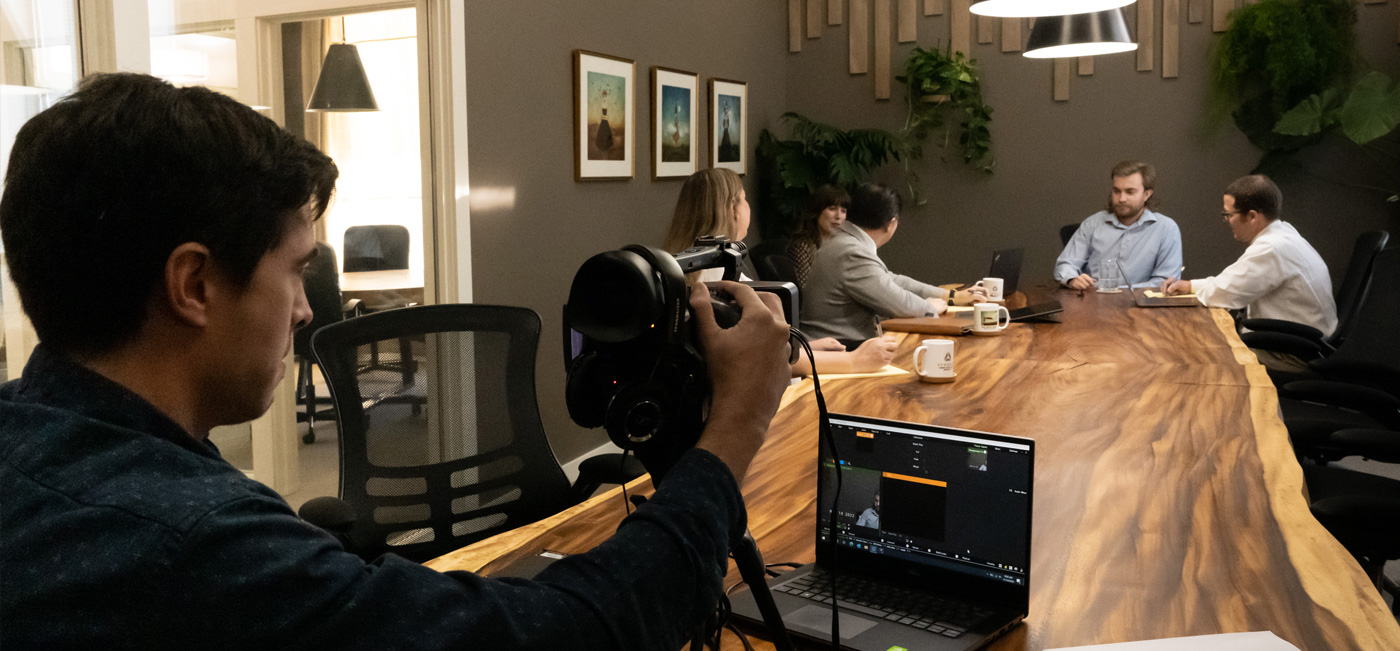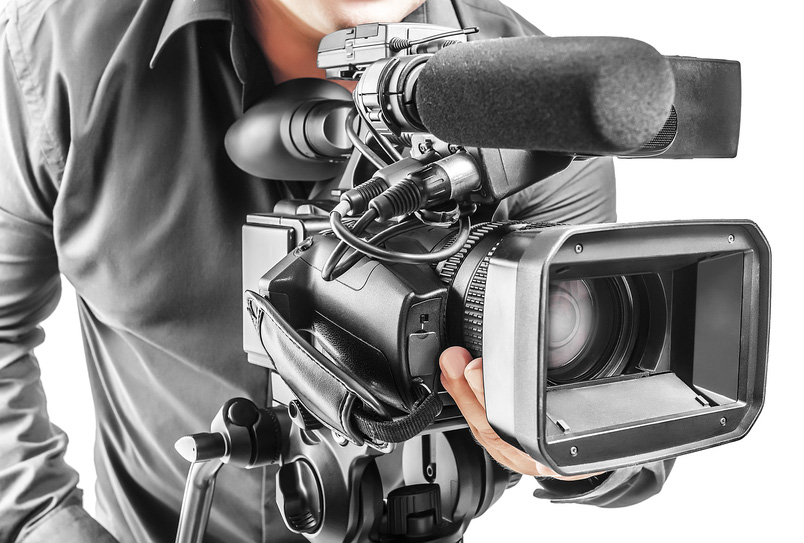Delving Into the Systems of Legal Videography: Introduction Its Procedure in Shielding Genuine Aesthetic Testimony for Judicial Proceedings
In the realm of judicial process, the role of lawful videography stands as a cornerstone in preserving and offering visual proof. As innovation continues to breakthrough, the mechanisms behind lawful videography have come to be increasingly intricate, supplying a crucial layer of authenticity to testaments captured on video clip.
Historical Evolution of Lawful Videography
Taking a look at the historical progression of lawful videography discloses a considerable makeover in the recording and presentation of aesthetic proof within the legal landscape. In the past, legal proceedings heavily counted on written transcripts and photographs to record occasions and supply evidence. However, with the arrival of video technology, the lawful market witnessed a standard change in exactly how aesthetic testament was captured and offered.
The evolution of legal videography can be mapped back to the late 20th century when advancements in video clip recording equipment made it more easily accessible for usage in court rooms. This technical innovation not just boosted the precision and dependability of visual evidence but additionally revolutionized the method situations were presented to juries and judges (Legal Videography). Attorneys started to acknowledge the influential power of video clip recordings in conveying feelings, subtleties, and non-verbal signs that written photos or records alone might not capture successfully

Technology Developments in Video Documents
What vital technological innovations have changed video paperwork in the legal field? The lawful field has actually seen significant improvements in video clip documentation innovation that have improved the credibility and dependability of aesthetic evidence in judicial procedures.
Additionally, improvements in video clip file encryption and watermarking modern technologies have boosted the protection and tamper-proof nature of video evidence, guarding it versus unauthorized changes or meddling. The advent of cloud storage options and remote accessibility capacities has streamlined the storage, access, and sharing of video clip proof, promoting seamless collaboration among legal experts and making sure effective access to important aesthetic testaments when required. These technical innovations in video clip paperwork have undoubtedly revolutionized the legal area, improving the accuracy, credibility, and admissibility of visual evidence in judicial procedures.
Duty of Lawful Videographers in Court Settings
The development of video documents technology in the lawful field has required an important duty for legal videographers in courtroom settings, making sure the stability and reliability of aesthetic testaments offered throughout judicial process. Legal videographers play a fundamental duty in recording and protecting precise visual proof that can be critical in litigation. Their duty prolongs to establishing devices, tape-recording process, and creating top quality video clips that accurately show the events in the court room.
Furthermore, lawful videographers typically work closely with lawful teams to make certain that the video proof straightens with the case's needs and can be effectively offered in court to sustain the lawful debates being made. Overall, the role of legal videographers in court setups is crucial in upholding the concepts of justice and guaranteeing the transparency of legal procedures. Legal Videography.

Ensuring Admissibility and Integrity of Video Clip Proof
To maintain the integrity of aesthetic evidence provided in lawful proceedings, guaranteeing the admissibility and stability of video clip evidence is an important duty for legal videographers. Admissibility describes the acceptance of proof by the court, and for pop over to this site video clip proof to be admissible, it must fulfill certain criteria. Legal videographers play an important function in making sure that the videos they catch follow the guidelines of evidence, such as dependability, authenticity, and significance.
Stability of video evidence includes preserving the originality and accuracy of the footage from the time it is tape-recorded until it is provided in court. This includes securely keeping the video documents, recording the chain of custody, and avoiding any tampering or alterations. Legal videographers have to stick to stringent methods to assure the stability of the video evidence and protect against any kind of obstacles to its credibility.
Future Trends in Legal Videography
Provided the increasing dependence on technology in legal proceedings, lawful videographers are positioned to accept cutting-edge advancements forming the future of aesthetic testimony capture and discussion. Among the noticeable patterns on the horizon is the assimilation of you could try here online reality (VR) and augmented truth (AR) innovations into lawful videography. These modern technologies have the prospective to transform just how visual proof exists in courtrooms, permitting judges and courts to submerse themselves in the scene of the criminal offense or incident.
In addition, using expert system (AI) algorithms for video evaluation is anticipated to improve the procedure of examining and analyzing huge amounts of video footage. AI can aid in identifying vital moments, abnormalities, and patterns within videos, boosting the efficiency of lawful investigations.

Conclusion
In verdict, legal videography has actually played a vital duty in giving authentic aesthetic evidence for judicial procedures. With technological advancements and the expertise of lawful videographers, the honesty and admissibility of video evidence are ensured in court setups. As legal videography proceeds to develop, it will certainly be important to copyright requirements that keep the accuracy and dependability of aesthetic statement for the future of lawful proceedings.
Examining the historic progression of legal videography discloses a significant change in the recording and presentation of visual evidence within the lawful landscape.The advancement of video documents innovation in the legal field has actually necessitated a this hyperlink crucial function for legal videographers in court room setups, ensuring the stability and dependability of aesthetic testaments offered throughout judicial procedures. Furthermore, lawful videographers usually work closely with legal groups to guarantee that the video evidence lines up with the case's requirements and can be efficiently provided in court to sustain the legal disagreements being made.To preserve the reputation of visual proof offered in lawful proceedings, making certain the admissibility and integrity of video evidence is a crucial responsibility for legal videographers. As legal videography continues to evolve, it will be important to promote standards that maintain the precision and integrity of aesthetic statement for the future of legal procedures.
Comments on “Top Advantages of Specialist Legal Videography for Court Cases”